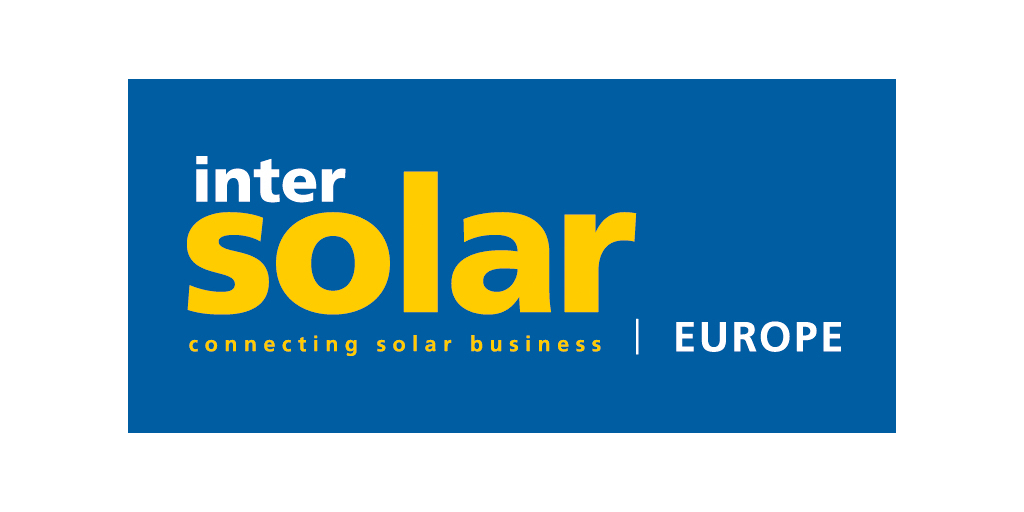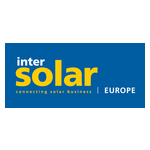
Fields and the Sun: Agricultural PV, an Opportunity for the Energy and the Farming Industry
MUNICH & PFORZHEIM, Germany–(BUSINESS WIRE)–The EU’s objectives are ambitious: The total solar energy deployment is to reach around 750 gigawatts by 2030. In this context, dual land use concepts, especially agricultural PV, are gaining importance. At Intersolar Europe, the world’s leading exhibition for the solar industry, visitors will have the opportunity to see a varied range of technologies, products and solutions for agricultural PV, and to gain deeper insights into best practices and the latest developments. Intersolar Europe will take place from June 19–21, 2024 as part of The smarter E Europe, the continent’s largest alliance of exhibitions for the energy industry, in Munich.
Agriculture or renewable sources of energy – in the past, it was either, or. Agricultural PV is a new, innovative approach offering promising options for agriculture and climate protection by joining agricultural production and the generation of electricity on the same surface.
Extensive subsidies
European countries such as Germany and France subsidize agricultural PV with the aim of deploying more solar energy while reducing the competition for land use. Germany has introduced a separate auction segment with a top value for “special solar installation” (which includes agricultural PV installations) in the Solar Package 1, and France is deemed one of the pioneers for dedicated legislation. Other countries, such as Austria and the Netherlands, also promote their agricultural PV sector.
Benefits of agricultural PV
The advantages of dual land use are obvious: It reconciles solar energy with agriculture, and the protection against storm, hale, frost and draught adds an extra bonus for farmers. The electricity production costs are lower than from small roof-mounted installations, and farmers’ income is diversified. Shading and wind protection provided by solar panels reduces evaporation, and innovative solar panels have been developed that also collect rainwater for irrigation. This can benefit farming operations by boosting their resilience against crop failure.
Best practice projects
Pilot projects are emerging all over Europe. In the Dutch local authority of Meierijstad, for example, BayWa r.e. AG and their subsidiary GroenLeven are implementing a pioneering agricultural PV project, a 8.7 megawatt peak solar installation covering a vast raspberry plantation. On Sicily, figs and olives grow between the module rows of Europe’s largest agricultural PV plant. In Neißeaue, Germany, Next2Sun Technology works on a 20 megawatts solar farm with vertical modules.
Intersolar Europe 2024: special attention on agricultural PV
Intersolar Europe is putting a particular focus on agricultural PV. A special exhibit in the Outdoor Area will be dedicated to the topic. Partners of the special exhibit are BayWa AG, BayWa r.e., Conexio PSE, Vista Geo and ZIMMERMANN PV-Steel Group. What’s more, of the more than 1,370 Intersolar Europe exhibitors, some 60 exhibitors will be showcasing agricultural PV products and solutions. Experts will dive deeper into the topic and offer even wider information at a number of sessions at the Intersolar Forum and the Intersolar Europe Conference.
Intersolar Europe
As the world’s leading exhibition for the solar industry, Intersolar Europe demonstrates the enormous vitality of the solar market. For more than 30 years, it has been providing a networking opportunity for key players, focusing on the latest trends, developments and business models under the motto “Connecting Solar Business”. Intersolar Europe will take place from June 19–21, 2024 as part of The smarter E Europe at Messe München.
Further information: www.intersolar.de/en.
Contacts
Roberto Freiberger
ressourcenmangel an der Panke GmbH
Schlesische Straße 26/c4
10997 Berlin
Peggy Zilay
Solar Promotion GmbH
Postfach 100 170
75101 Pforzheim



